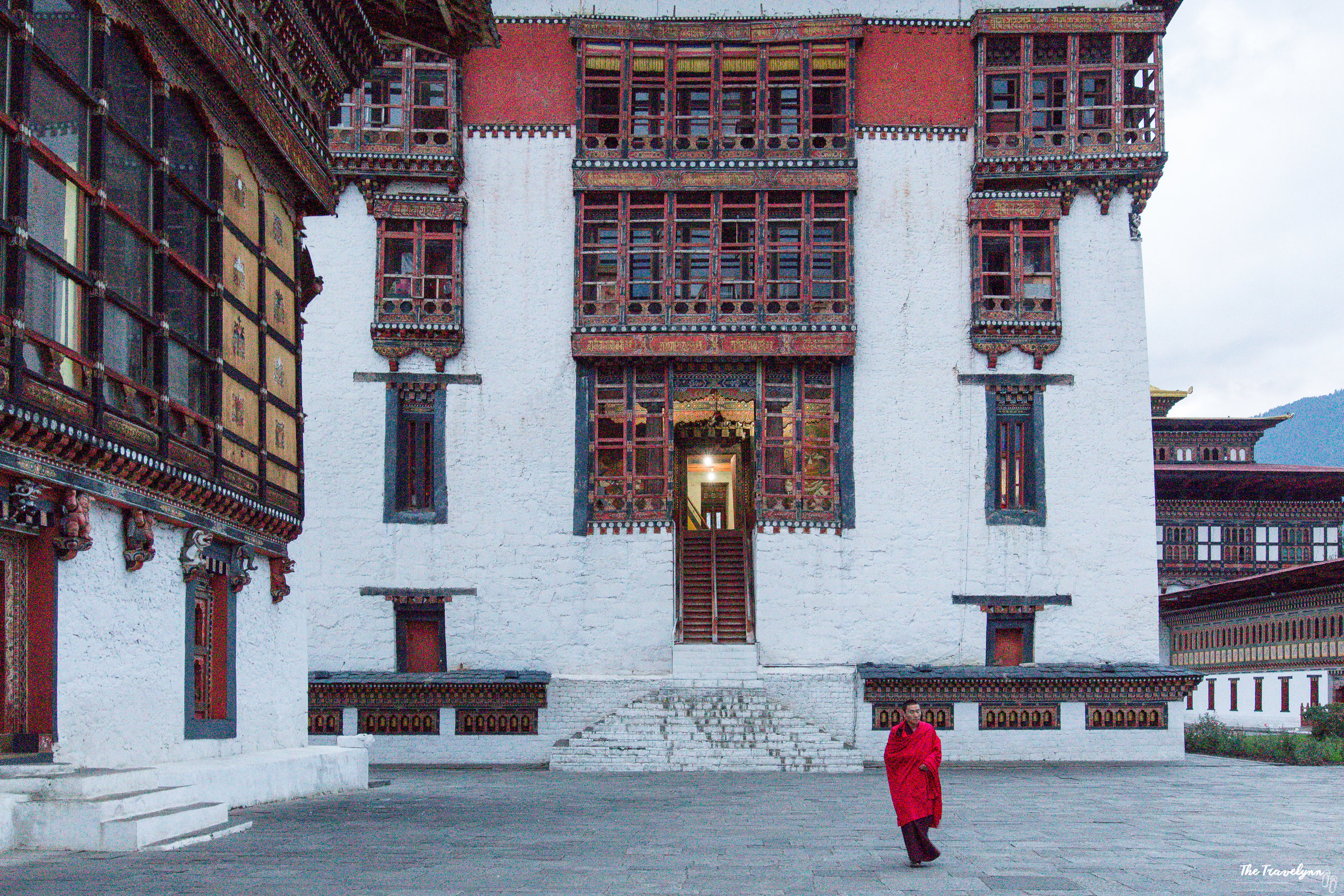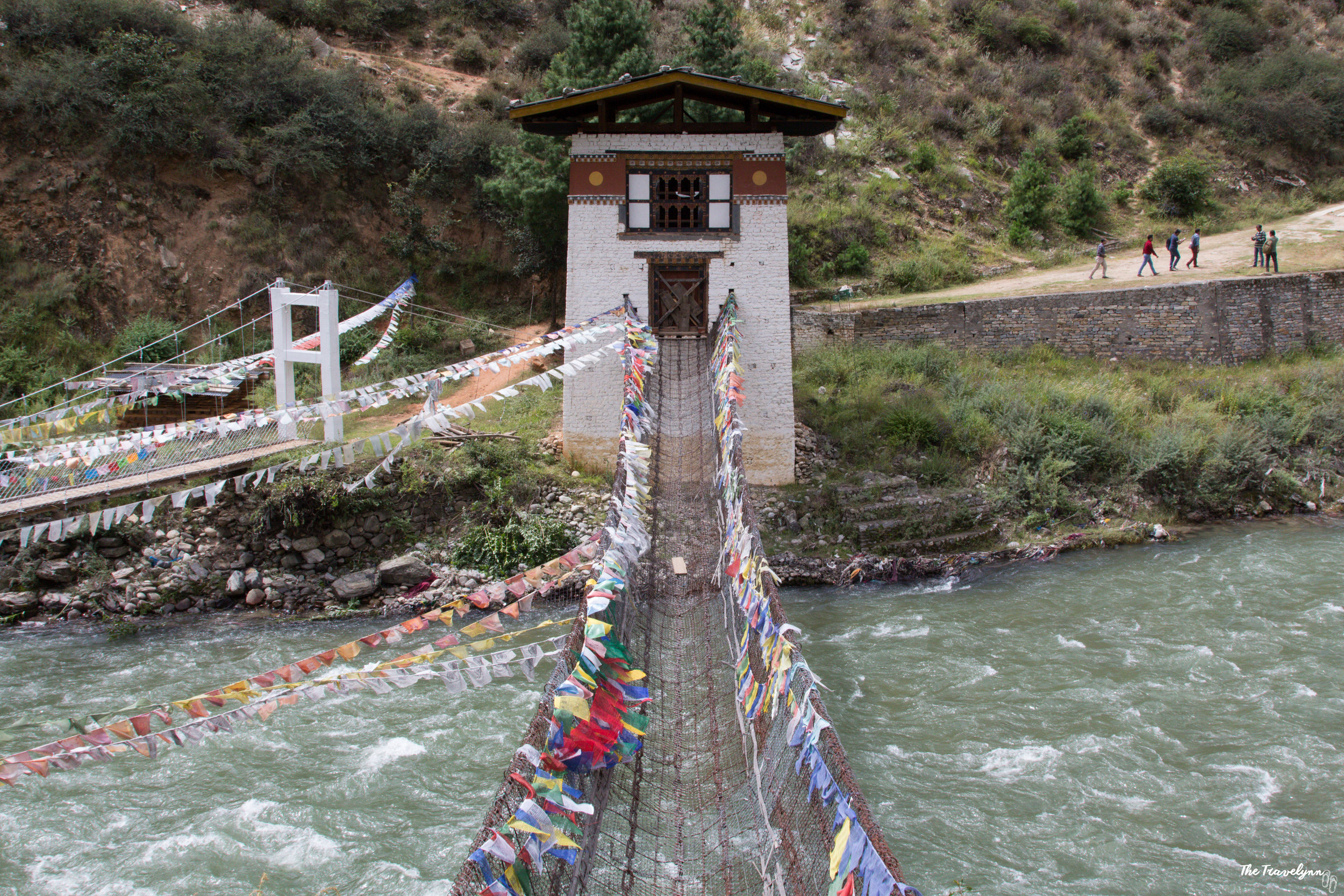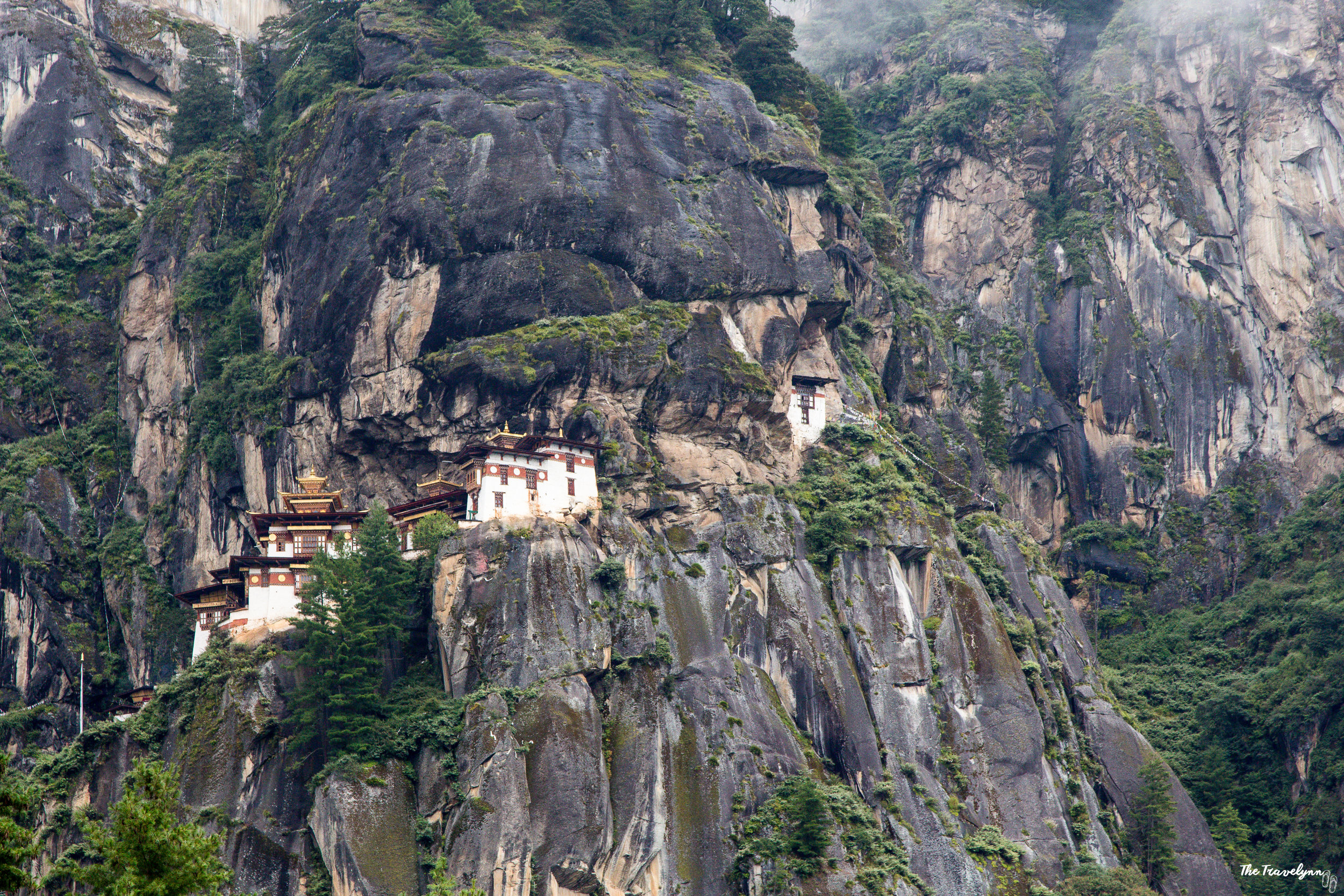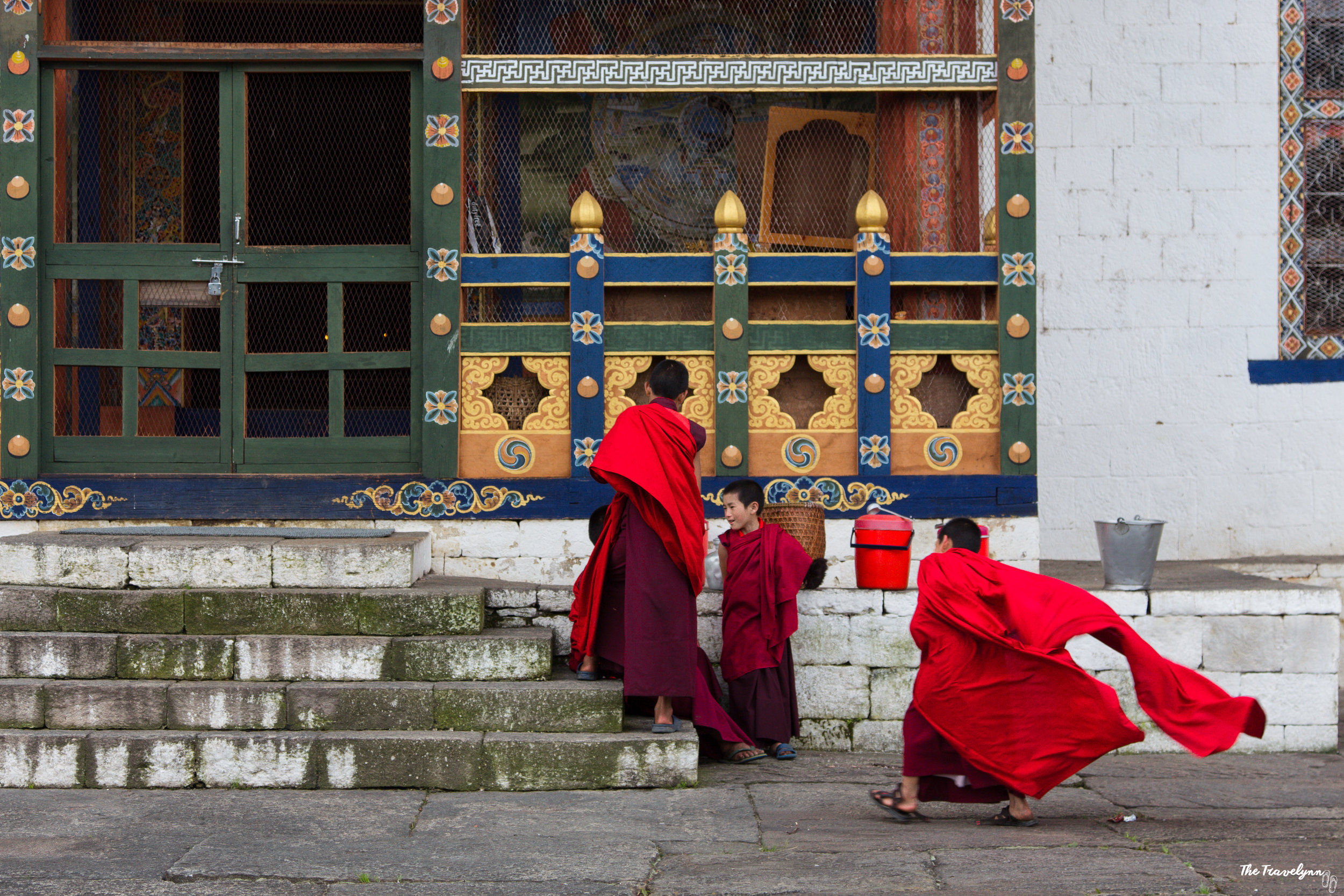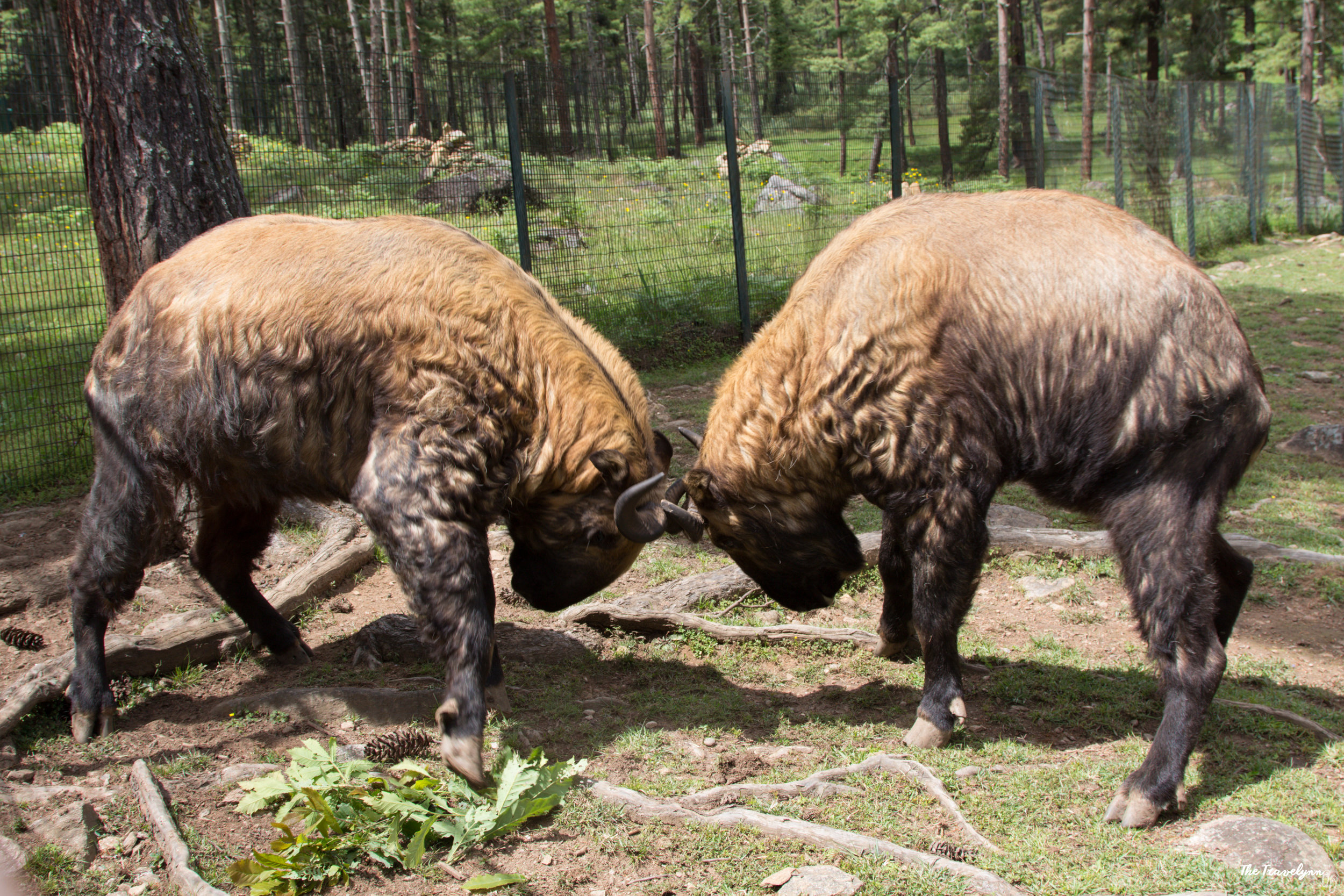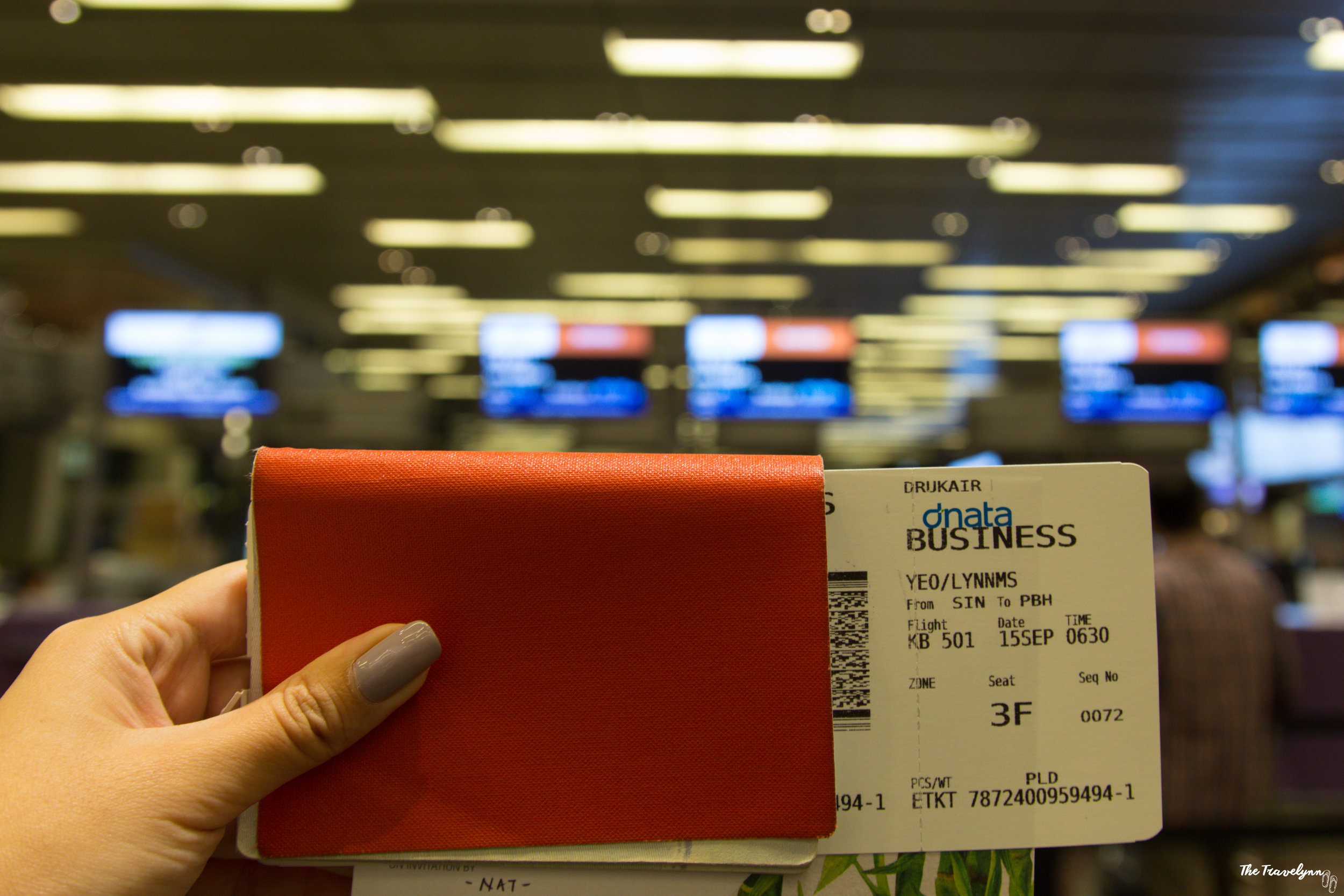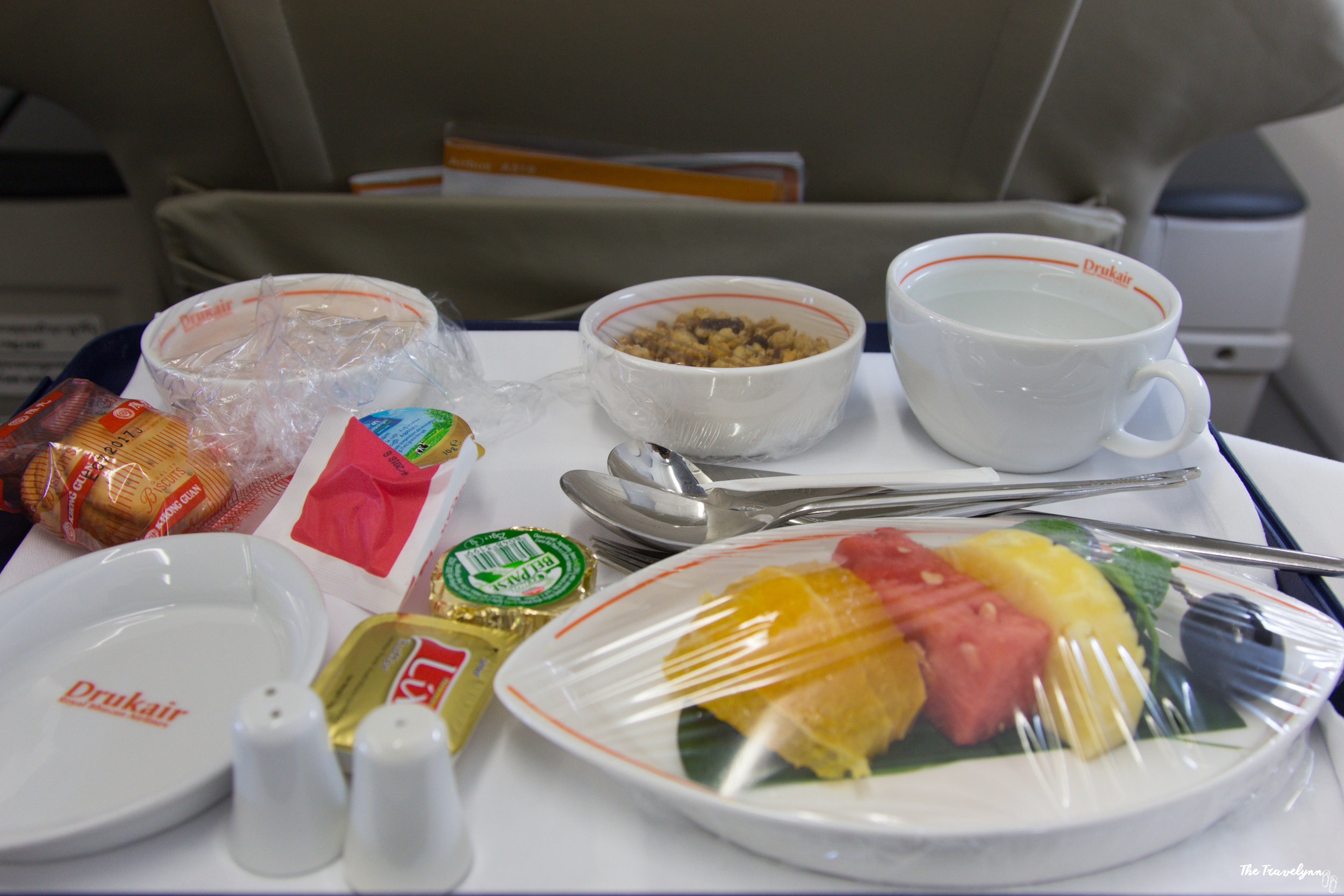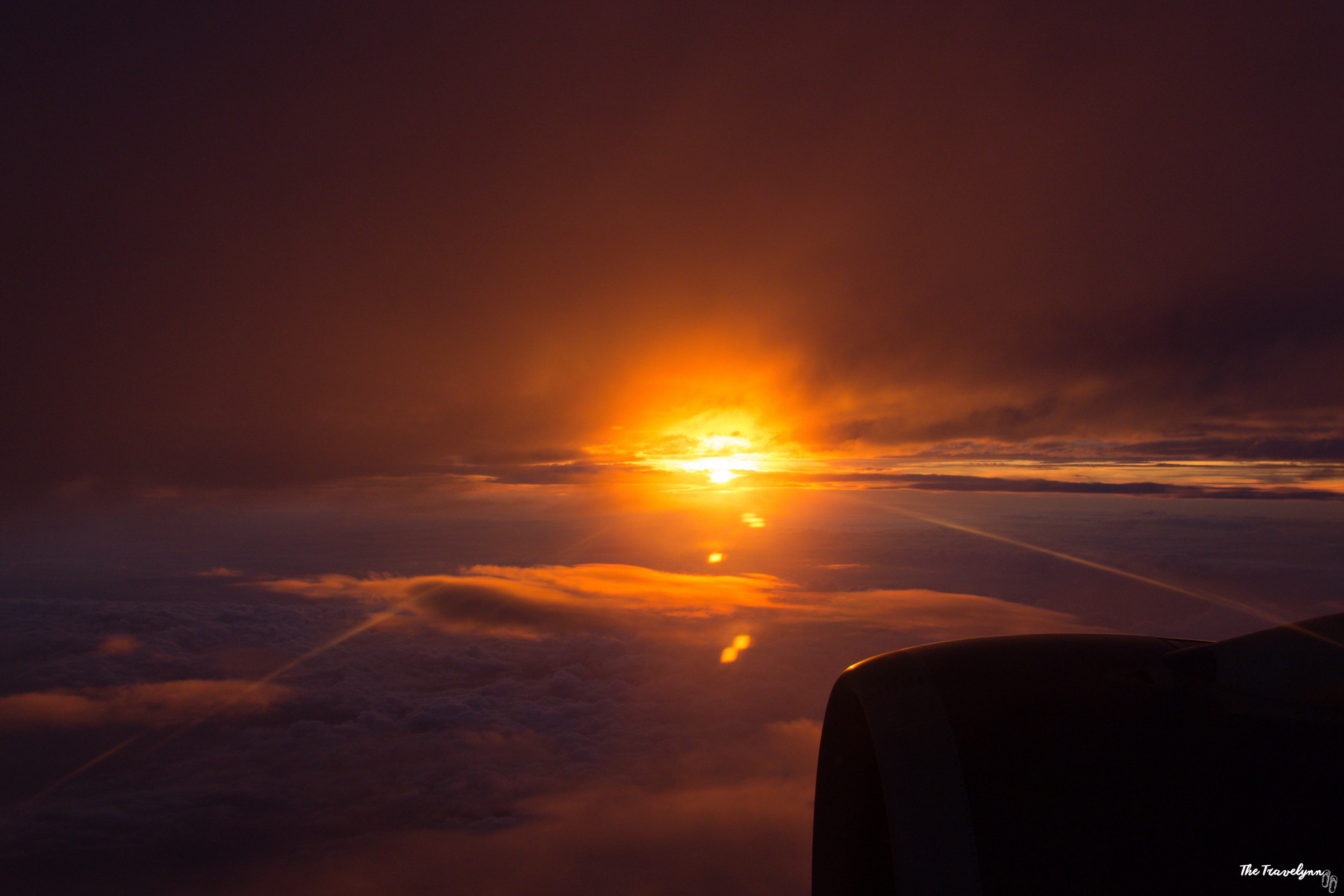Bhutan has many names, the last Shangri-La, the land of the thunder dragon, the land that time forgot, the world’s happiest country... Its a little bit like Khaleesi in Game of Thrones, call it whatever you want, but its pretty awesome.
Bhutan has also become the next place to be if you want to do some soul-searching or stare dramatically into the distance. If the unique culture and interesting history can’t do the job for you, Dzongs and amazing scenery can also make for a good #OOTD background. I mean, if that’s all you’re looking for when travelling. Not judging.
Here’s my introduction to Bhutan and a quick guide on how to get there and when to go!
Where is Bhutan???
Bhutan is land-locked between India and China. It is also in the middle of the Himalayans which makes getting there extremely difficult. The airport in Paro is considered to be one of the most dangerous in the world and only a few pilots are trained to land there! (I promise the country makes up for this in ways you cannot imagine).
Its unique geographical location almost ensures that Bhutan is relatively untouched by crash fingers of modernity. Bhutan remains very much culturally intact and is often considered to be the last stronghold of Vajrayana Buddhism.
Culture, Food, and Animals…?
What exactly is so special about Bhutan? Why would you risk life and limb and unstable landings to go to Bhutan?
Well, just take a look at these images:
Bhutanese culture and the architecture that comes with it is simply amazing. The brightly painted dzongs and the red robes of the monks make for a brilliant composition. I always joke that Bhutan is a photographer’s (wet)dream and it’s true! Bhutan is ridiculously photogenic that you can just close your eyes and point your camera anywhere and still get a good photo. Obviously, with some practice and equipment, you’ll get even more stunning shots.
The food in Bhutan is also an experience on its own! Bhutanese food is characteristically spicy and there is even a dish made solely out of chilies and cheese! A combination I’ve never heard of before. Chili and cheese is a national staple in Bhutan and you can expect it to be served in almost every meal! It is not to be taken lightly though. As a Singaporean, I thought I could handle my share of spicy food but boy, was I wrong when it came to chili and cheese. After 3 seconds of ingesting the chili, my body was filled with instant regret and I could swear that I finished the entire bottle of water. Nevertheless, its certainly an experience to remember, just have some water around you.
A fun fact about Bhutan is that even though it’s a Buddhist country, many people still eat meat. The Bhutanese don’t believe in killing animals and thus, import their meat from neighbouring India. While you don’t see any factory farms around, you can still see chicken and beef on your plate. Interesting, huh!
Last but not least, one of the highlights from my trip would be meeting the native wildlife of Bhutan! The Takin, which is Bhutan’s national animal, is certainly a remarkable sight!
The Takin looks like it came out of a Harry Potter book and like nothing you’ve ever seen before. To me, it looks like a strange deer-bear-goat(?)-antelope thing with the face of a horse!
And they are huge! I certainly wouldn’t want to be left in the enclosure of these majestic creatures.
Bhutan is also home to some pretty amazing endangered animals such as the Snow Leopard and the Black-necked Crane. Unfortunately (or fortunately for the Snow Leopards), I did not have the privilege of making an acquaintance with the elusive Snow Leopard but I meet a Black-necked Crane which didn’t make its journey back into Tibet because of a broken wing ):
Here is Karma the Black-Necked Crane recovering from his injury. Usually, you can only see black-necked cranes in Gangtey valley (which I highly recommend for the scenery alone) during Winter. However, because Karma injured his wing, he wasn’t able to fly back to Tibet. Another fun-fact: because Black-Necked Crane are social animals, they do not fare well in isolation, to the extent that they might die from loneliness. To circumvent this, Karma’s enclosure was fitted with a mirror to provide him with his own company. It seems to have worked well, seeing that Karma is still alive today.
Booking the trip
YOU CANNOT BOOK YOUR OWN TRIP THERE. So, sorry to all backpackers! Bhutan is definitely not a budget friendly destination.
In an effort to control tourism, travel to Bhutan is highly regulated under the policy of “High value, Low impact” (something that I think more countries should adopt). Under this policy, all guests must book with a travel agent and spend a minimum of 250USD a day when visiting during high season.
However, this is only the minimum that you must spend and will only get you 3 star hotels (which is probably 2 star by international standards). 5 star hotels can easily set you back about 1,000USD/ day for two people. Its so worth it though! Aman and Como have set up lovely lodges in Bhutan as well so be prepared to spend, spend, spend.
On top of the minimum of 250USD/day you should also pay 40USD for a tourist visa. So be prepared for an expensive trip (which is also my speciality heehehee)!
On that note, its also not possible to book your own flights and this has to be done through an agent. It doesn’t really make a difference anyway because there’s only two airlines to fly to Bhutan: government-owned Druk Air and a private airline, Bhutan Airlines which is a division of Tashi Air.
Fortunately for us Singaporeans, Druk Air offers a direct flight from Singapore on Tuesdays, Thursdays and Sundays. However, the flight does stop in Kolkata (but you don’t have to get off the plane). This just makes the whole journey a little bit longer and that little bit more tiring.
The flight itself was bearable but not comfortable. Remember to bring your own entertainment as there are no screens aboard the flight! So instead of binge watching family guy, I slept the first few hours away. Unfortunately, the seats aren’t all that comfy (even though we paid an upwards of 1,500 USD) and does not fully recline. It also didn’t help that the flight was obscenely early which made me extra grumpy. Regardless, the views you get on the plane will more than make up for it.
When to go?
Autumn and Spring usually sees the best weather for trekking and other outdoor activities. Multi-day hikes are also very common in Northern Bhutan which will take you across the Himalayan range. However, as a certified couch potato, hiking at 3,000m in altitude does not sound like a good idea to me (actually it sounds life-threatening) but if you’re an avid hiker, this is for you! Autumn is also festival season in Bhutan where you can see locals dancing in traditional costumes, certainly not a sight to be missed! In Summer, Bhutan is affected by monsoon rains and this can make some of the roads pretty impassable. A landslide struck us even though we went in September!
Located in the Himalayan range, Bhutan’s winter is obviously brutal and unforgiving. However, it can be extremely rewarding for bird-watching (that’s when the black-neck cranes are in Gangtey) and photography (think incredible snowscapes with snow as pure and white as chalk).
The high and low seasons follow the attractiveness of the seasons. So, Autumn and Spring will see higher tariffs while Winter and Summer will see less visitors and lower rates.
Personally, I might return to Bhutan in Winter because of the ridiculously low rates (50% off as compared to high season) and to see the snowscapes! Our tour guide also let me in on a secret that Punakha holds their festivals in February instead of October like the other districts!!! Isn’t that amazing? So you can take advantage of the lower rates and smaller crowds while still experiencing unique aspects of Bhutanese culture. But of course, you will never to survive the cold…
Final Thoughts
Bhutan is undoubtedly an amazing place and I feel so lucky to be one of the few who have visited. The people, the culture and the scenery certainly makes the journey there worth it.
Although Bhutan is no longer that world’s happiest country, it’s a place where I’m happy at would certainly see myself returning to!
I hope this guide has done justice in introducing the magical kingdom of Bhutan! Share this with someone you’d like to visit with and let me know below if I have missed anything out!
